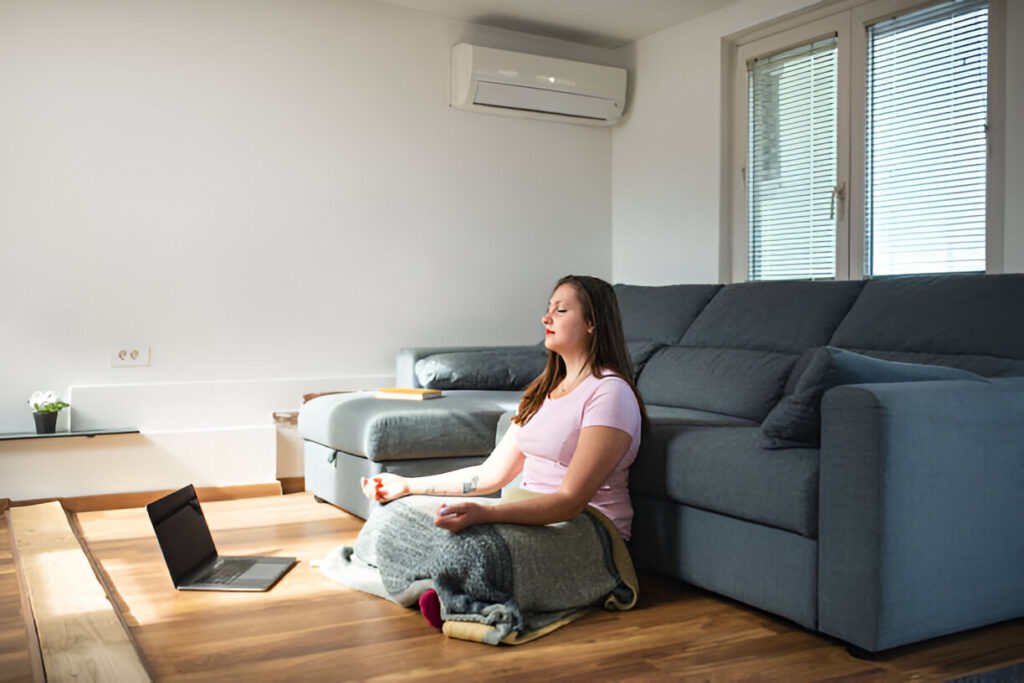- Practical home safety starts with simple steps like checking smoke alarms, securing locks, and maintaining clear pathways.
- Modern technology, such as smart devices and motion sensors, offers accessible and effective solutions for home security.
- Involving all household members in safety practices fosters a collaborative and prepared environment.
- Being ready for emergencies with a clear plan and well-stocked safety kit ensures confidence during unexpected situations.
Your home should be a sanctuary—a place where you feel at ease, knowing your loved ones are protected. Yet, for many, the idea of home safety can feel overwhelming. From unexpected emergencies to everyday hazards, it’s easy to overlook the little things that can make a big difference.
In this blog, you’ll learn simple and effective ways to safeguard your home, ensuring peace of mind for you and your family. These practical tips are easy to implement and designed to help you address potential risks before they become problems. Let’s start building a safer home today.
Understanding the Importance of Home Safety
Home safety isn’t just about preventing accidents—it’s about creating an environment where you can relax and thrive. The importance of this cannot be overstated, especially with the variety of risks we face today.
Every year, thousands of avoidable injuries and accidents happen in homes, many due to small oversights. For instance, an improperly installed smoke detector or a forgotten appliance can lead to costly and dangerous situations. When you take steps to eliminate these risks, you’re investing not just in your property but in your family’s well-being.
Proactive safety measures provide more than physical protection—they also reduce stress. Knowing you’ve taken steps to protect your home allows you to focus on what truly matters: spending quality time with loved ones.
Essential Home Safety Practices
Creating a safe home begins with simple, routine habits that ensure everything is in good working order. Regular checks of smoke alarms, securing locks on all doors and windows, and maintaining clean pathways to prevent trips are great starting points.
Equally important is addressing areas that are often overlooked, such as having a gas safety check to ensure there are no leaks or potential hazards. Gas issues can lead to dangerous situations, but a quick, routine inspection can prevent these problems entirely. This practice not only keeps your home safe but also helps avoid costly repairs down the road.
Beyond these basics, consider installing carbon monoxide detectors and ensuring your home’s electrical systems are up to date. Simple actions like these provide layers of safety that can protect your loved ones from unforeseen risks.
Technology and Tools for Modern Home Safety
In today’s world, technology offers an array of tools to make home safety easier and more efficient than ever. Smart home devices, for instance, can keep you informed and alert, even when you’re not at home.
Consider installing smart cameras or video doorbells to monitor entry points and deter potential intruders. Motion sensors, which can be set up both indoors and outdoors, provide an extra layer of security by notifying you of unusual activity. Additionally, smart locks allow you to control access to your home remotely, giving you peace of mind when you’re away.
These devices are often surprisingly affordable and easy to set up, making them accessible to most households. As you explore options, focus on systems that integrate seamlessly with your smartphone or voice assistants. This ensures that your safety tools are convenient and straightforward to use, empowering you to take control of your home’s security.
Involving Everyone in the Household
Home safety isn’t a one-person job—it’s a team effort that works best when everyone in the household is involved. By creating a culture of safety, you ensure that each family member contributes to keeping the home secure.
Start by educating your children about the importance of safety. Teach them how to use safety equipment like fire extinguishers and explain why certain areas, such as the kitchen, require extra caution. For younger children, simple rules like not opening the door for strangers can make a big difference.
Assign safety-related roles to family members to foster accountability. For example, one person could check smoke alarms monthly, while another ensures the first aid kit is always stocked. Making safety a shared responsibility not only distributes the workload but also helps everyone feel invested in the process.
Creating a family safety plan, including regular drills for scenarios like fires or severe weather, ensures everyone knows what to do in an emergency. Practice builds confidence, so in critical moments, your family will act decisively and calmly.
Staying Prepared for Emergencies
Even with the best preventive measures in place, emergencies can happen. Being prepared ensures that you and your family can handle unexpected situations effectively and with minimal stress.
Start by creating a comprehensive emergency plan tailored to your household’s needs. Outline specific steps for various scenarios, such as house fires, natural disasters, or medical emergencies. Make sure every family member understands their role, whether it’s calling for help or guiding younger siblings to safety.
Maintaining an emergency kit is another critical step. Stock it with essentials such as flashlights, batteries, bottled water, non-perishable food, a first-aid kit, and copies of important documents. Check your kit periodically to replace expired items and ensure it’s ready when you need it.
Finally, conduct regular safety reviews to identify new risks and refine your emergency plans. These reviews help you stay proactive, addressing potential issues before they escalate. Being well-prepared brings peace of mind and ensures you’re ready to protect your home and loved ones in any situation.
Conclusion
Building a safe home doesn’t have to be overwhelming. By incorporating simple habits, modern tools, and family cooperation, you can create an environment where everyone feels secure.
Remember, safety is a journey, not a destination. Regularly revisiting your practices and staying informed about new technologies can keep your home a sanctuary of comfort and peace. Start small, stay consistent, and enjoy the confidence that comes with knowing your home is truly safe.

